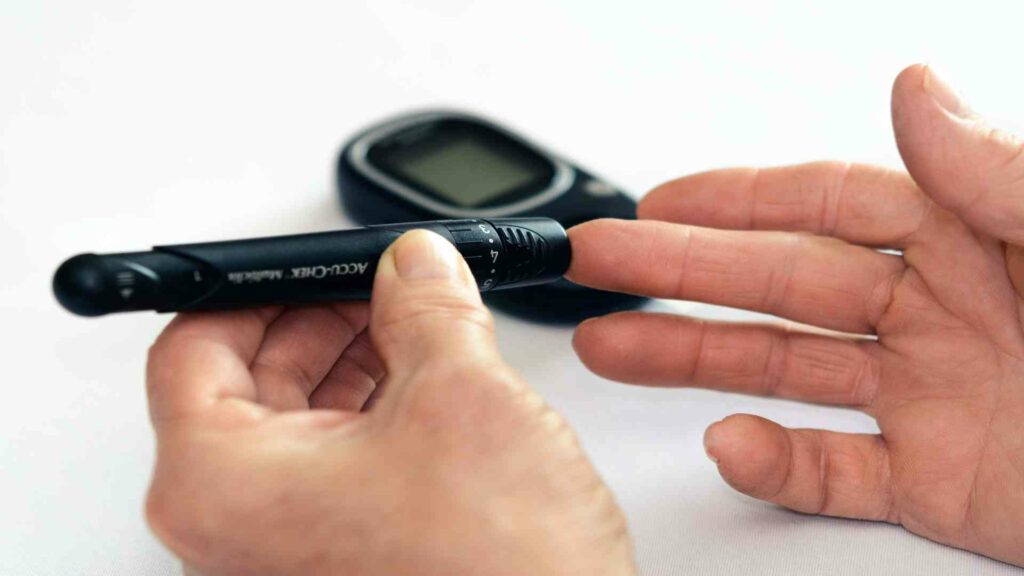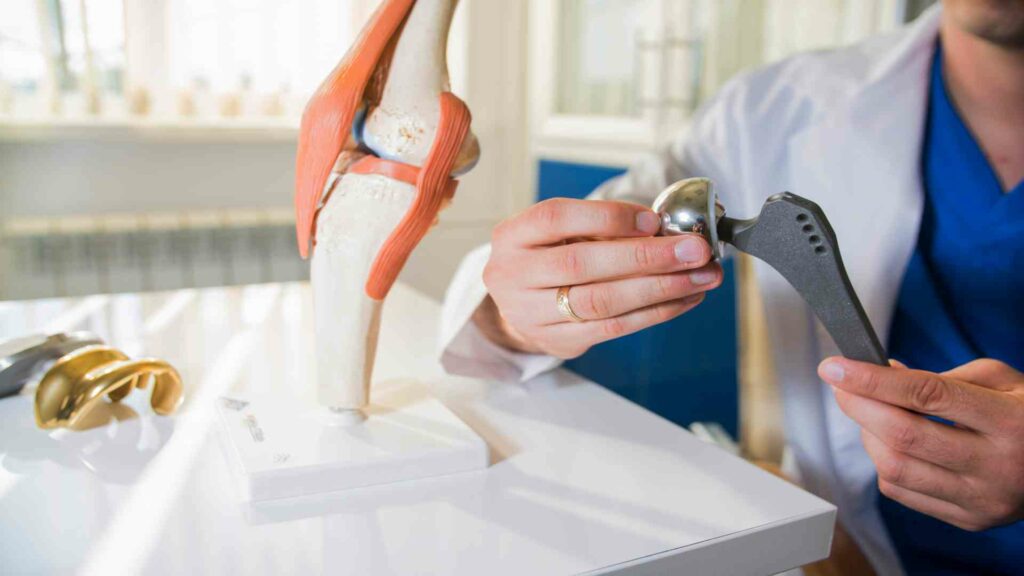Boron Personal Care Products
Brands and businesses in the US personal care sector use Boron Personal Care products and its general health benefits to bring new formulations of personal care products to compete in the $25.5 billion global industry sector. Multiple boron formulations are created to offer skincare, haircare, and oral care benefits.
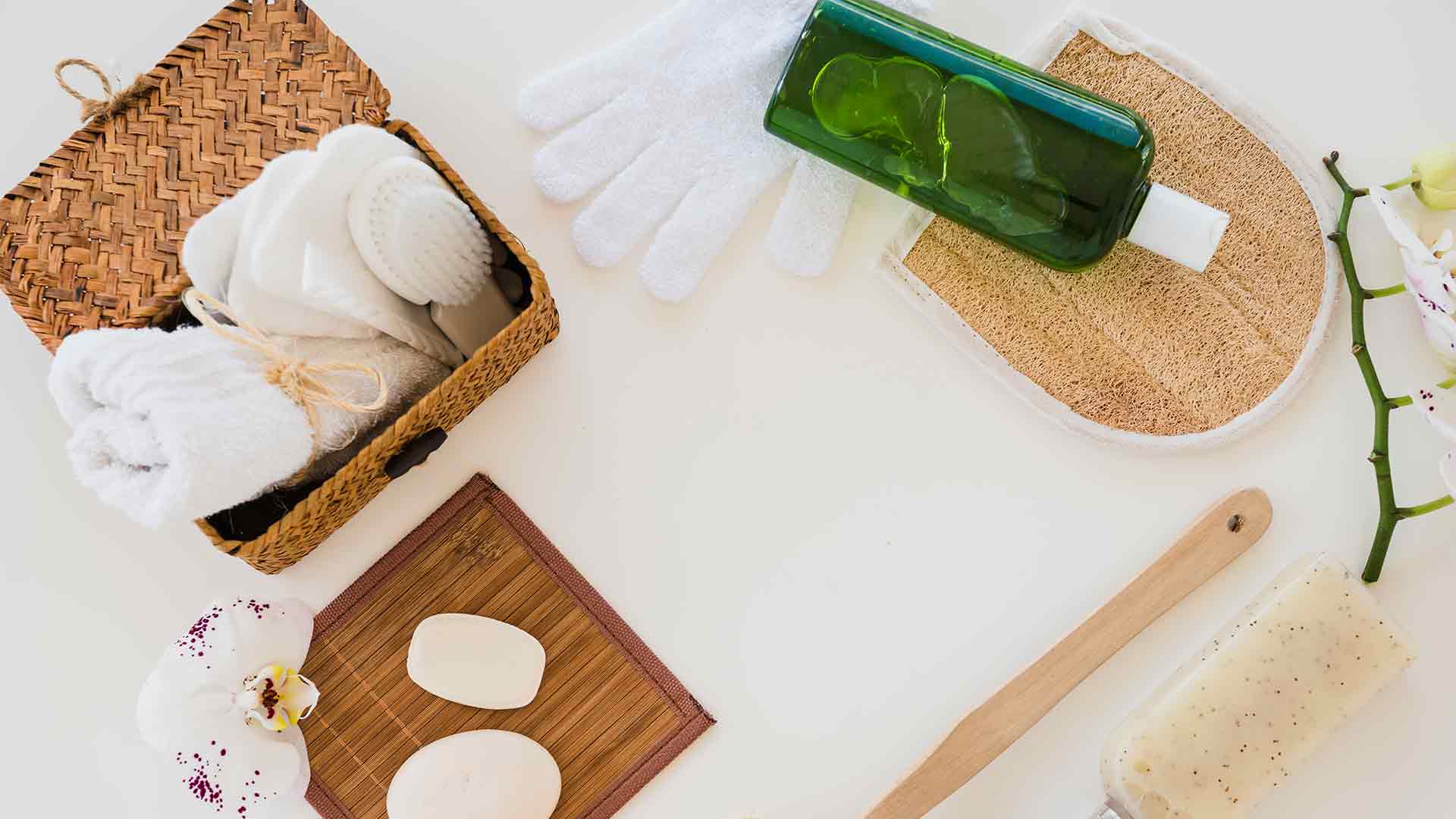
Boron Personal Care
The Personal Care Market and Boron
The US skincare market is currently valued at approximately $3.5 billion, increasing. At least 30 percent growth is expected by the end of the decade, reaching $4.6 billion. Most of the industry’s revenue comes from creams in the skincare market ($1.8 billion). Deodorants, lotions, and lip and eye combinations follow closely behind.
Borates and compounds have been used recently and patented for different self-care products. They offer enhanced performance collectively in new age products, detergents. Boron, Borates, and other derivatives like sodium perborates are critical ingredients of personal care products, including skin care, oral care, and hair care.
Why Boron is Essential for Personal Care
Aside from their excellent cleaning properties, borates are used in personal care products for the following reasons:
- pH buffering
- Viscosity or rheology control (cross-linking with starch or polymers)
- Emulsification using oils or waxes
- Stabilization or inhibition of enzymes
- Incorporation of foam stabilization
- Retention of moisture
- As an Active oxygen carrier (such as perborates)
Borates are combined with different chemicals and oils in facial creams and other skincare products. Apart from offering excellent cleaning function, borates are considered for personal care products due to the following reasons:
Emulsification with oils and waxes: The emulsifying property of borates with oils and waxes helps in facial cream manufacturing.
Foam stabilization: Good soaps and shampoos in the market are recognized for their foam formation. Since borates offer excellent foam stabilization, they are included in personal care products more often than not.
Moisture retention: Consumers prefer skincare products that offer good moisture retention features. And hence this property of borates adds value to the end products.
Viscosity or rheology control: To improve the sensory properties of cosmetics, manufacturers use borates in their formulation for better thickness, viscosity, and rheology control.
Active oxygen carrier: Other properties of borates such as pH buffering and oxygen holding capacities are essential to producing quality personal care products.
Personal Care Segments
Boron is found in a surprisingly broad range of personal care segments including creams, facial creams, creams for babies, and rejuvenating creams. It is also widely used in products for hand and body wash. Two other segments which include boron are hair care and oral care.
Boron in Creams
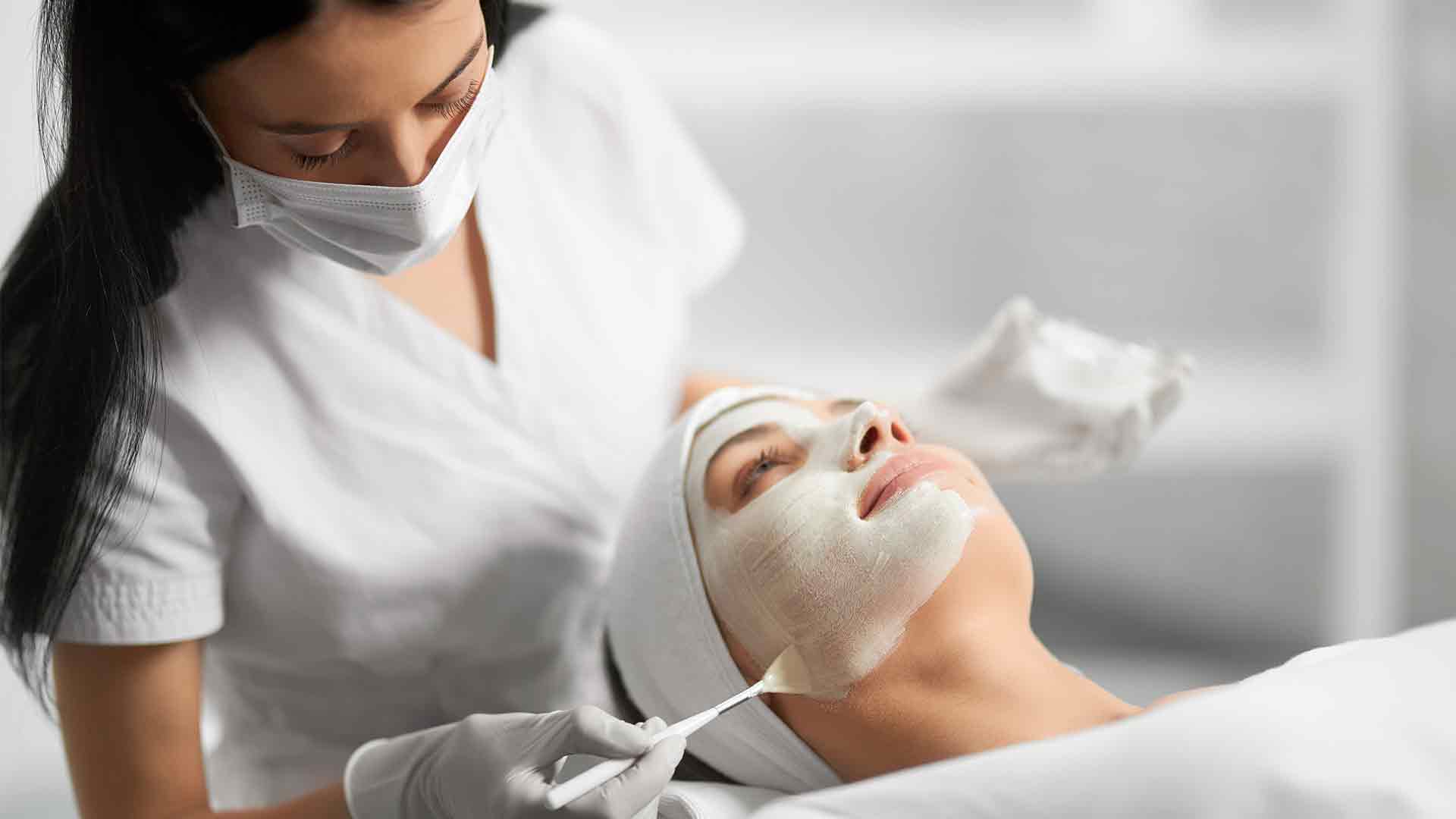
Boron Face Cream
Boron in Facial Creams
Borates are used in facial creams, beeswax, almond oil, spermaceti oil, petrolatum, sodium carbonate, stearic acid, and glycerin. Both borax decahydrate (borax 10 mol) and Optibor® boric acid are widely used in facial creams made by significant and generic cosmetic companies. Cold creams for make-up removal contain borax decahydrate NF due to their emulsifying properties.
Boric acid is used in the branded Optibor skin cleaners as a buffer or antiseptic. In skin care preparations, alkali borates such as borax act as scouring agents to enhance cleansing or create a protective layer on the skin. The ability of boric acid to form water-soluble complexes (chelates) with certain water-insoluble substances, especially with dihydro-diols that contain cyclic hydrocarbons, is also in skin cleansing agents. With a water-containing anionic detergent (e.g., sodium lauryl ether sulfate), Optibor boric acid produces borate ions under almost neutral conditions. For washing purposes, dithranol borate chelate has excellent formation and stability characteristics.
Creams for Babies
Babies have susceptible skin. Borax decahydrate is found in baby creams along with stearic acid, petrolatum, lanolin, triethanolamine, and vegetable oil. Coincidentally, urine smell is reduced by using borated petroleum jelly made with borax.
Rejuvenating Creams
Rejuvenating creams for the skin usually include beeswax, a vegetable oil, sorbitol tristearate, methylparaben, hydroquinone monomethyl ether, water, borax, preservative, and fragrance.
Boron for Body and Hand Wash
Body washes and shower gels have grown considerably in the body wash market, but traditional bar soaps are still the leaders. Approximately $2 billion is the annual global sales of the bar and liquid soaps.
The industrial hand cleaning market holds powdered hand soaps as a significant share. These soaps help remove medium to heavy soils that happen in industrial operations. Borax is used as a soluble scrubber and as a high-grade soap. Bath salts also contain borates.
Advantages of borax decahydrate in powdered hand soaps
Borax is made available for skin care products in various ranges of particle sizes. The options allow the formulator to tailor-make the necessary formulation to handle market demands. Additionally, the detergents offer better pH control. Another benefit is the more effective removal of pigments and oily soils. Hence, borax decahydrate is a high-performing ingredient in hand washing.
Borax decahydrate also helps water soften quickly by combining with calcium ions to form soluble complexes. It also supports quick cleaning and free rinsing since it is soluble. Borates and borax are gentle to the skin but very effective in removing the embedded dirt. However, they are skin sensitizers. Other benefits are that borax is not susceptible to any attacks from insects or microorganisms. Lastly, it will not clog drains since it is soluble.
Boron for Hair Care
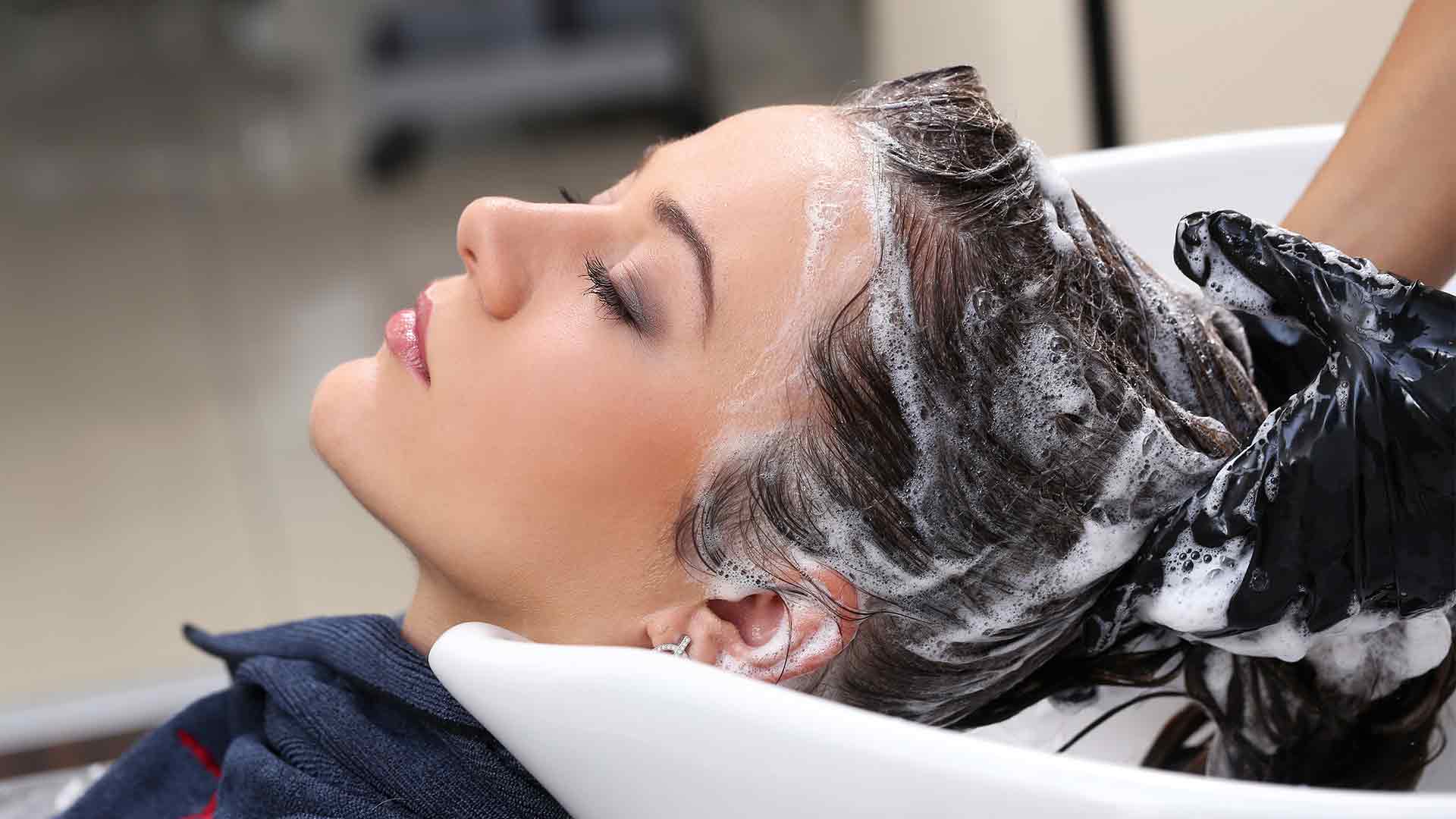
Boron Hair Care
US annual sales of hair care products are close to $5 billion, along with a projected 5% growth rate annually. A recent survey identifies three principal segments in the hair care market: Shampoo, conditioners and treatments, and styling products with a market value of $1.7 billion, $925 million, and $2.4 billion, respectively.
As part of shampoo formulations, borax is combined with soda ash, fuller’s earth, talc, perfume, castor oil, petroleum, wax, and preservatives. Similarly, you can find borax along with methylparaben, mineral oil, lantrol, lanogel, lanolin, petrolatum, and beeswax in conditioners.
Haircare products and shampoos are made from borax decahydrate, colorant, and perfume. When the product has borax decahydrate, it also conditions and helps maintain hair attractively. If manufacturers include the compositions of peroxy compounds like sodium perborate in the production of selenium sulfide-containing shampoo, then the product offers anti-dandruff efficacy. Additionally, it also provides color stability without needing a buffer system.
Rinse-free shampoos are gaining wide popularity. They have high water content and come as an absorbent gel. High water content ensures that the shampoo and the dirt are extracted by toweling or combing the hair. These rinse-free shampoos make use of a cross-linked, carboxylated cellulosic material. The material acts as an absorbent, and it is also cross-linked using aluminum acetate/ boric acid.
Boron for Oral Care
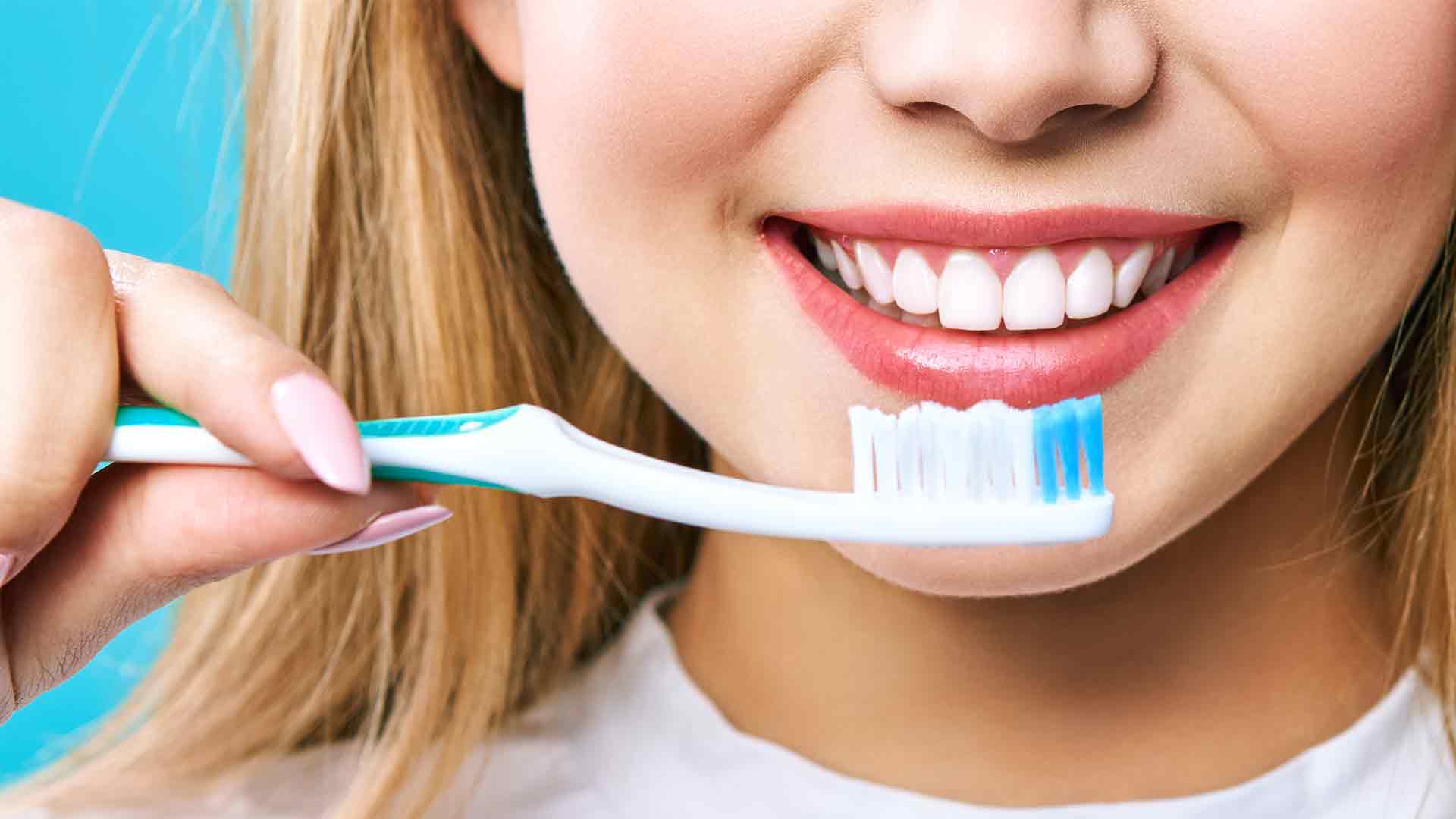
Boron Oral Care
The oral care industry in the US has close to $2.4 billion in annual sales, along with $1.6 billion in dentifrice sales and mouthwash sales of $0.8 billion. Borates constitute a significant part of several specialty toothpaste and mouthwash products. An aqueous sodium perborate solution is prominently used for bleaching discolored non-vital teeth. Likewise, calcium peroxide and sodium perborate are oxidizing agents to remove stains and plaque from the natural teeth. Additionally, the solution is also available as a composite filling material.
Denture Cleaning Materials
Borates play an important role in denture cleaning materials. Denture cleansing is a procedure that involves soaking dentures overnight in an aqueous cleaning solution. Different oxidizing and bleaching agents are used in combination to remove visible stains from hard surfaces. They are also helpful in removing scale or build-up of plaque.
The most commonly included denture cleaning formulations include sodium perborate monohydrate and sodium oxoborate. The formulations showcase effective cleaning, bleaching, disinfecting, and effervescing properties. Sodium oxoborate fizzes when it comes in contact with water. Hence, it is prominently used in denture cleaners. The effervescent property helps in the removal of calculus. Additionally, it also supports the eradication of plaque deposits and stains.

